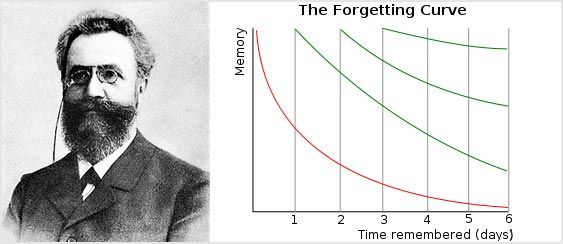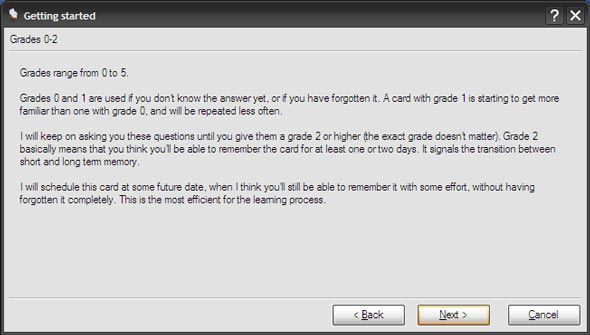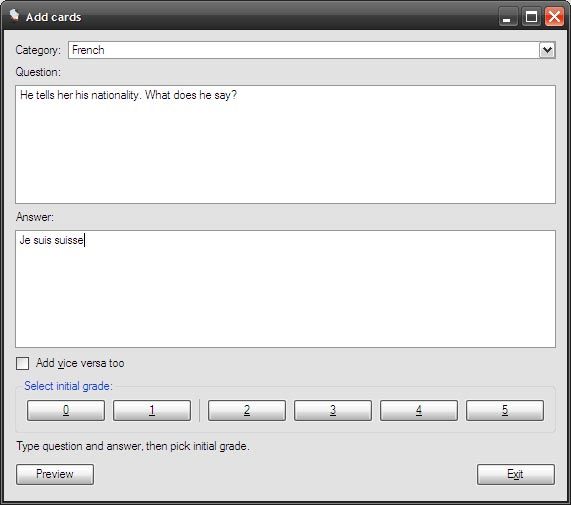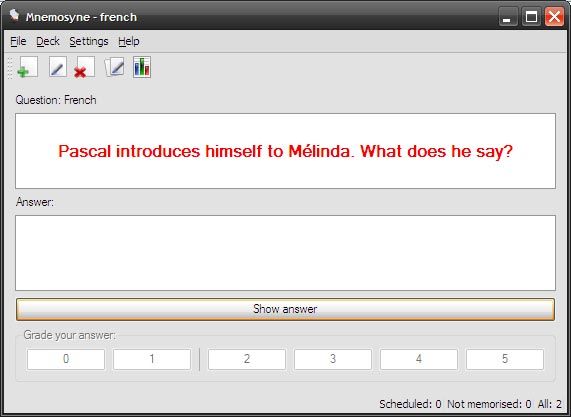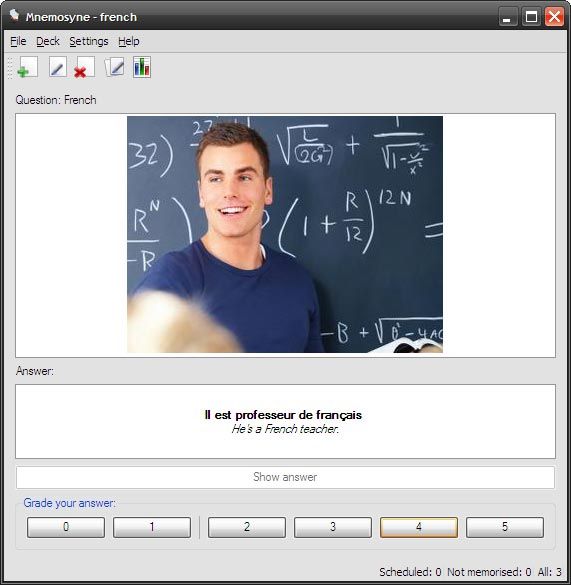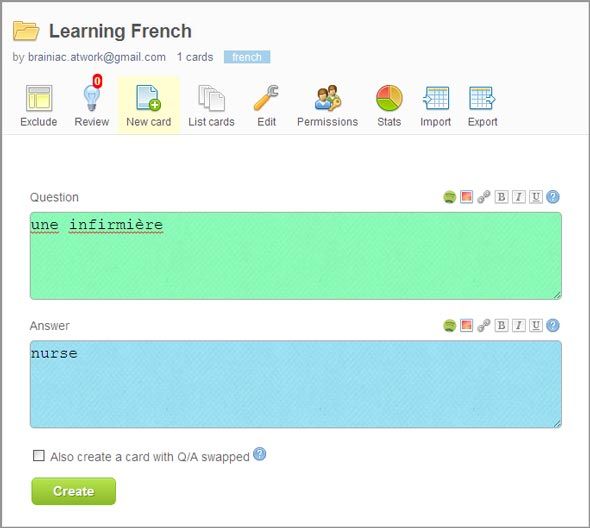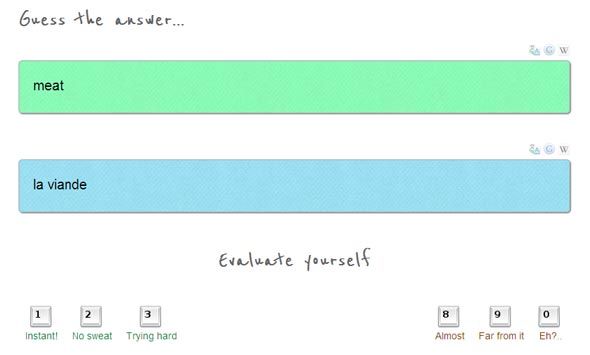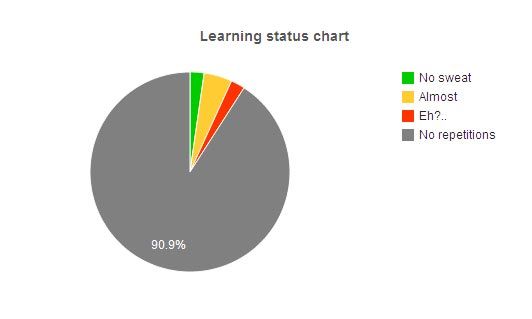Unlike computer memory which is increasing with time, human memory takes the opposite route. In simple words – we forget. Our ability to retain what we learn is a downward graph not only with age, but also with time that’s counted in days.
Consider the fact that it takes us so long to go up the learning curve, but only a few days to go down. As any A-grader student will tell you, there’s no magic memory pill but only repeating what you learn and practicing it at regular intervals.
Spaced repetition is a method that can help you plateau out the downward curve of your forgetfulness and help you memorize large amounts of data. It is an accelerated learning technique. This article is about improving your learning with two digital tools and the method of spaced repetition.
What Is Spaced Repetition?
Quite simply we forget what we learn if we don’t revise or repeat it. Memory research has shown that is more effective if we space out our revisions over a few days instead of cramming everything in one sitting. Cramming works in the short term, but it evaporates just as quickly. Our ability to recall something decays with time. This was captured in a graph famously called (you guessed it) – The Forgetting Curve.
Hermann Ebbinghaus discovered this. He also postulated the spacing effect. As we mention before, memory research has found out (and you also might know this from experience), that smart learning involves spacing out your revisions rather than doing it in one session before an exam. Also, the time between each revision session should gradually increase for hardcoding the study material into your brain.
As soon as schedules and tracking time periods comes into the picture, it’s clear that we need to fall back on a computer program (or a web application) to do the job of spaced repetitions for us. Here are two you can consider for anything from learning a new language to mastering a new subject.
There are two free software that are cited for spaced repetition based learning – Mnemosyne and Anki. Anki has been covered in an earlier review that’s 3 years old but still relevant. Let’s study Mnemosyne. Alternatively, let’s also look at a web application.
Improve Your Recall with Mnemosyne
Mnemosyne is a free flash card generator which uses an advanced algorithm to schedule the best time for a card to come up for review. The flash cards with content that you find difficult to recall will come up more often, while Mnemosyne will display what you remember well less frequently. Mnemosyne (named after the Greek goddess of memory) uses the method of spaced repetition to firm up your memory against the content that you tend to forget easily.
Mnemosyne (as you can read from the screen above) uses “grades” to rate your recall. A flash card which you grade as “2” signifies that you would be able to recall it at a later date. A “0” or “1” would mean that you don’t remember the content in the flash card at all. So, the software will keep on asking you the question after smaller intervals till you get it right.
Let’s say that you want to learn a foreign language. The initial setup will involve some work as you have to insert the content that you are studying manually and create the flash cards.
But it’s worth it because everything that you do from now on is only helping you memorize the material. I won’t go into the details of making flash cards as it is adequately explained in the documentation on the site.
A typical flash card will look like this:
Depending on the answer, you can grade yourself between 1 to 5. Mnemosyne uses the grades to measure your recall and schedule the flash cards.
Mnemosyne can be used to make flash cards with some text, images, and even sounds (the last is important for language studies).
Three sided cards are also supported – for instance while learning a new language, one often needs to recall the word, the meaning, and its pronunciation - hence, three sided cards for the three difference aspects.
The algorithm takes place in the backend and you cannot change it. Though, you can view some basic statistical info by clicking on Deck – Show Statistics.
Mnemosyne is very simple to use after you have taken some pains to setup the flash cards. The free repetition and recall software is cross-platform and is available in several languages. Mnemosyne (v1.2.2) is a 6.2 MB download.
Go Online With MemoTutor
My first choice would be FlashCardDB but we have briefly covered it here, so I thought I will take a look at a simpler web application that uses the concept of spaced repetition.
MemoTutor is simple from the word go. Just after the log-in, you can create your first card set. Adding cards is deceptively simple on the user-friendly interface. You can insert image links and format text.
When you are reviewing a card, you can choose how well (or not) you remembered the question and grade yourself with one of the six choices. Following the best principles of spaced repetition, MemoTutor schedules the next review of a particular card, taking into account how well you recall the information.
Cards can be reviewed only after an hour you create them. This is a part of the repetition process that maintains the efficiency of the whole system. In the end, you can view a pie-chart which is a picture on your performance.
Flash card web applications are there in numbers. Perhaps, people are using them effectively more than you and I realize. Maybe, some of our previous posts can help you here:
- iFlipr: A Free Tool to Make Flash Cards Online
- Get Better Learning Results With The Help Of Brainscape’s Online Flashcards
- How To Make Digital Flashcards With Google Docs Spreadsheets [Web & iOS/Android]
- 3 Apps For Perfect Flash Cards For Android That Teachers Can Use
- Top 3 Sites To Make Flash Cards For Your Kids
Do you wish you knew about spaced repetition sooner? Maybe, the next time you begin to climb up the learning curve, you can use it to make your journey more memorable.
Image Credit: Remember Yellow Note via Shutterstock, Wikipedia


